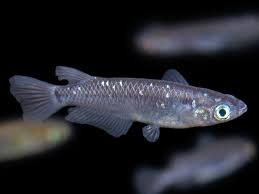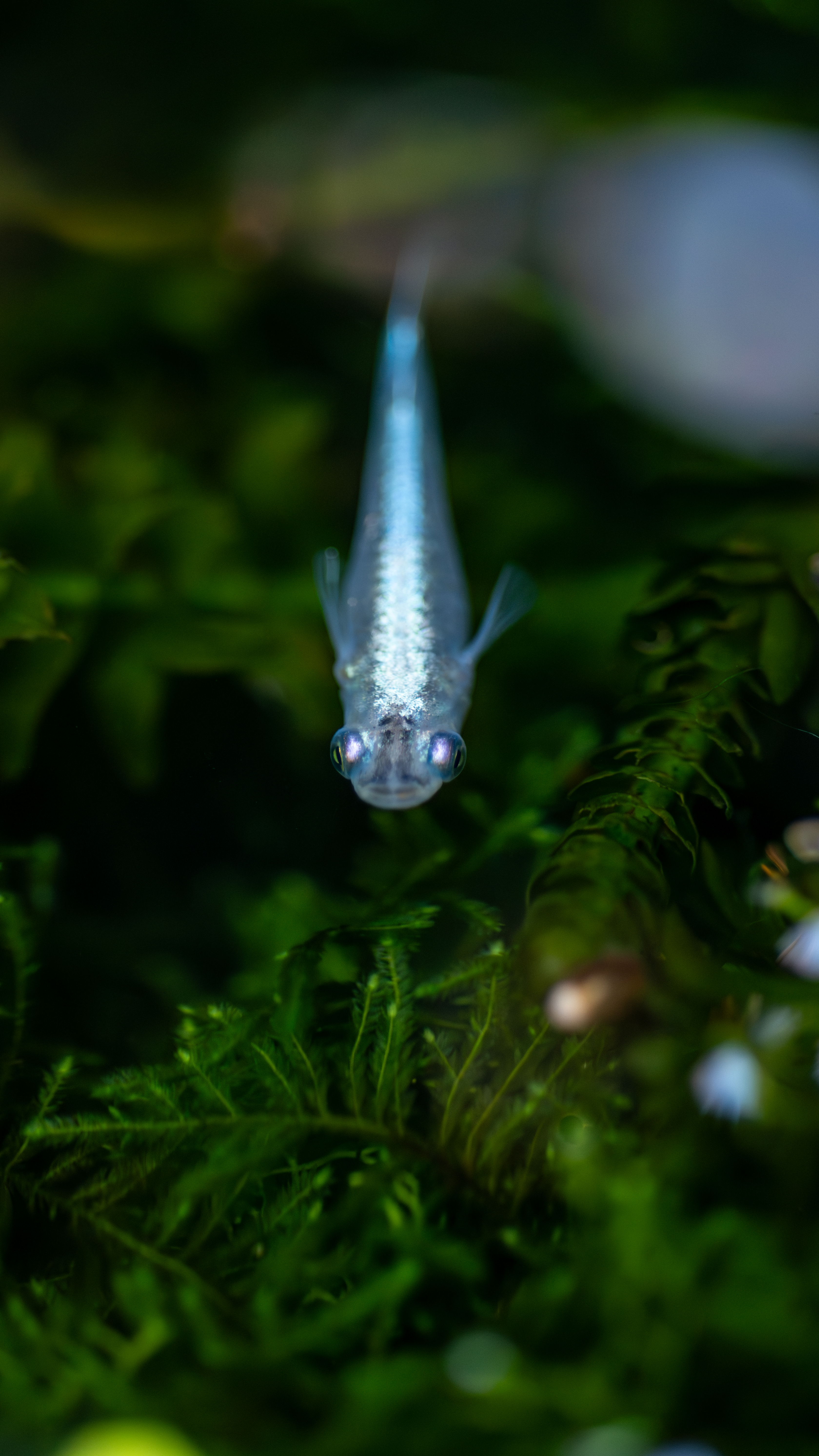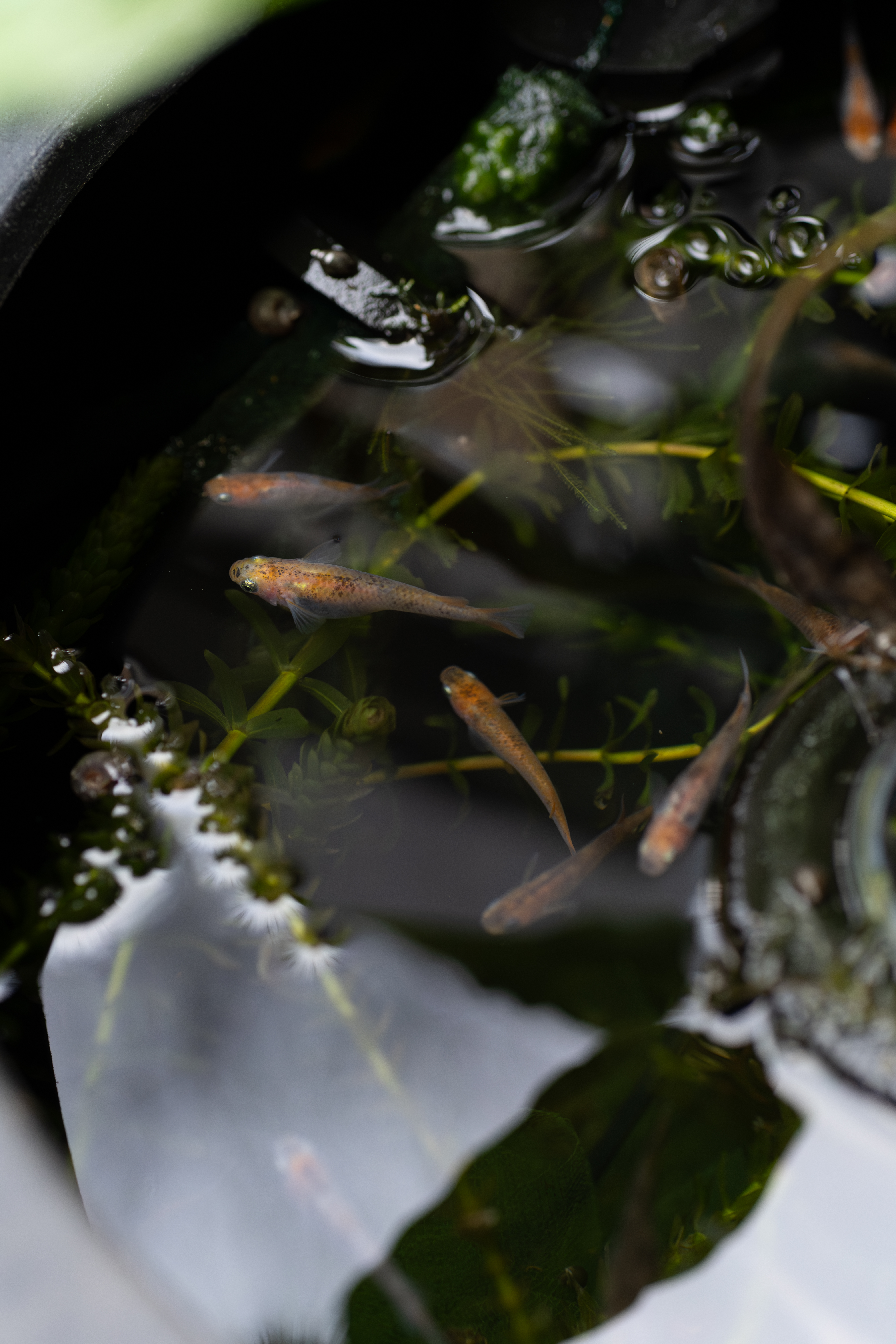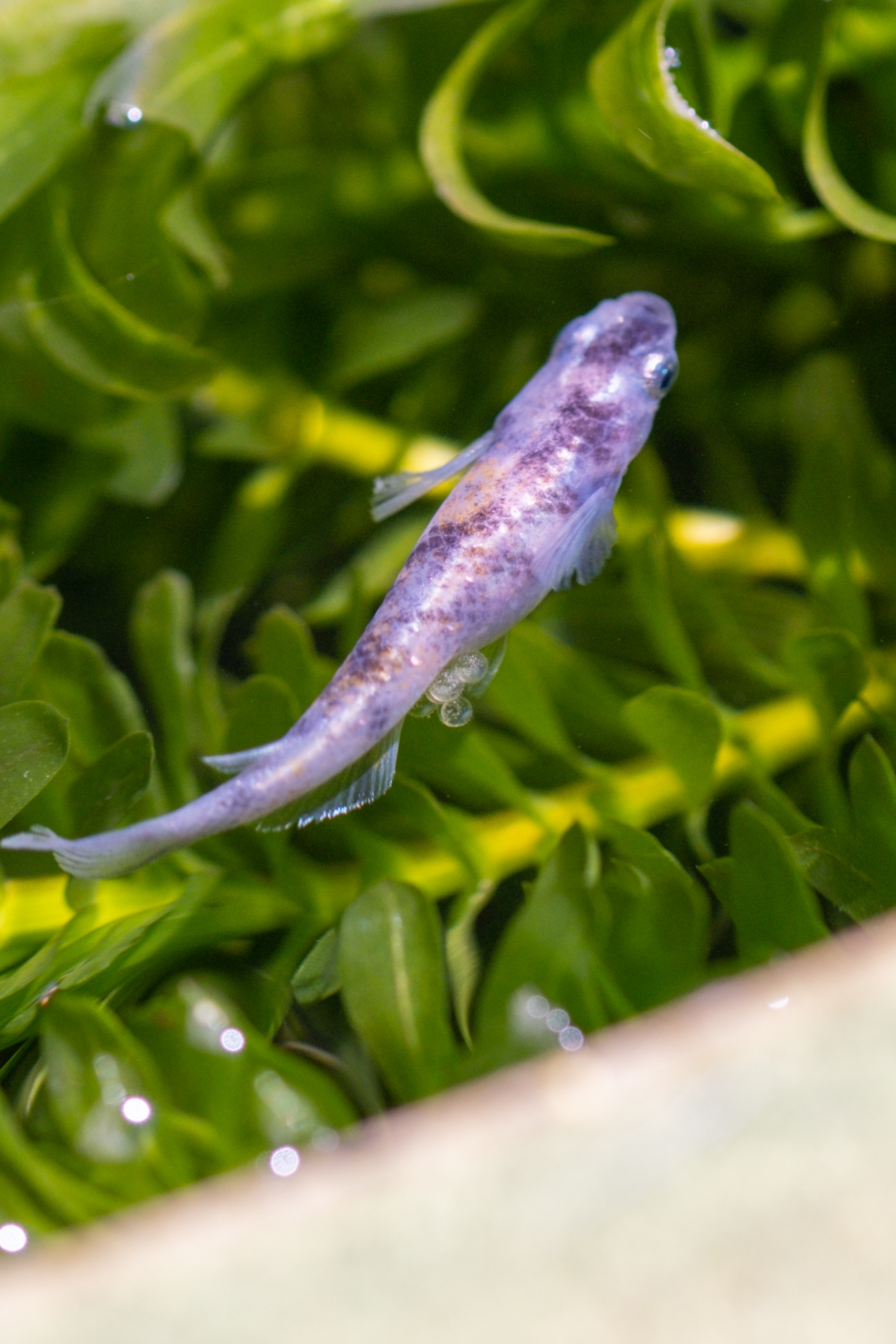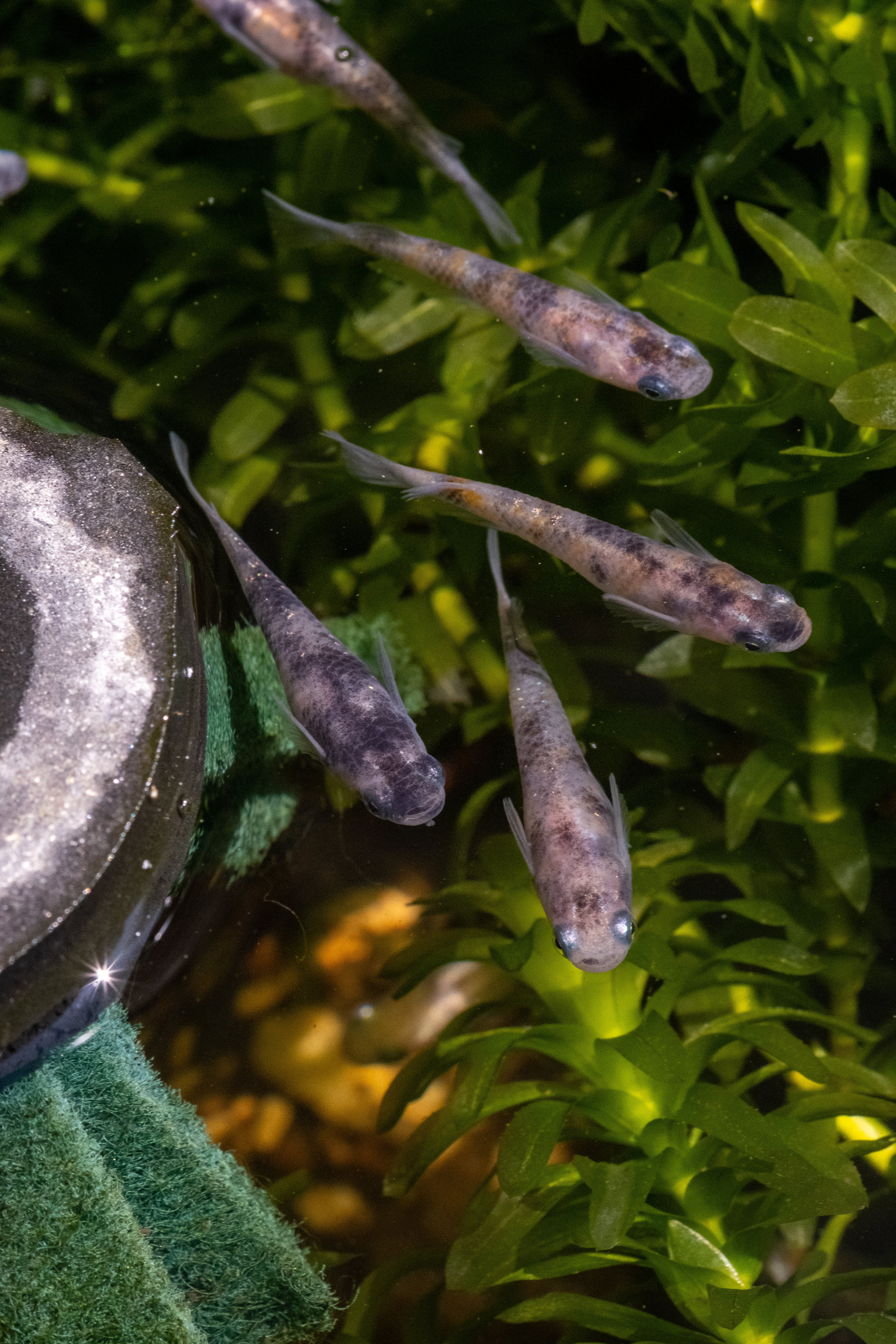

Adrianichthyidae
Oryzias
3.50 cm
A very large specimen may get to 4cm.
Peaceful, Community
Ricefish should never cause any problems in an aquarium.
Omnivore
20.00 L
30.00 cm x 20.00 cm
10.0 C - 30.0 C
pH: 6-7.5, just keep it consistent. Ricefish are very adaptable, being able to overwinter in a pond, even if it freezes over. During this period, they won't need food and won't be very active at all. Most of the time though, keep the temperature consistent, somewhere between 10 and 30 degrees Celsius, and they should be fine.
Breeding season outdoors starts mid to late spring and can go until late fall in zone 9b
Surface
Generally Medaka (Oryzias latipes) are very peaceful. But they can have some aggression depending on a few conditions
Here are 3 of the most common reason you see aggression
1. During the height of breeding season outside. General rule of thumb is 1 male to 3 females. and if you see a male of female being picked on its best to remove them from the tank or pond
2. They are known to eat their fry especially when kept in small 15 gallon or less tank/pond. It's best to keep fry and adults separate till the fry are big enough to not fit in the adults mouths. Under the right conditions with enough plants and adults some can make it but not recommended
3. When they are fry and lack food, If you see them spar at the surface with each other. when you see this feed more frequently or a slight amount more and usually this will stop the aggression
Other
Eggs are produced every few days. Female ricefish will carry the 5-15 eggs under her tail, and they will stick onto plants or spawning mops as she swims through them. Depending on the temperature, the eggs hatch within 3-10 days. The warmer the temperature, the sooner they hatch.
10 fry
A healthy environment, slightly warmer temperatures, and a good mix of males and females in roughly a 1:3 ratio..
Feed the fry crushed-up flakes, or if you want to get fancy they should take baby brine shrimp or other small live foods. If you want to be lazy, then put them in a seasoned tank with plenty of gunk (detritus) and they should be just fine.
Medaka fry are very small when they hatch

